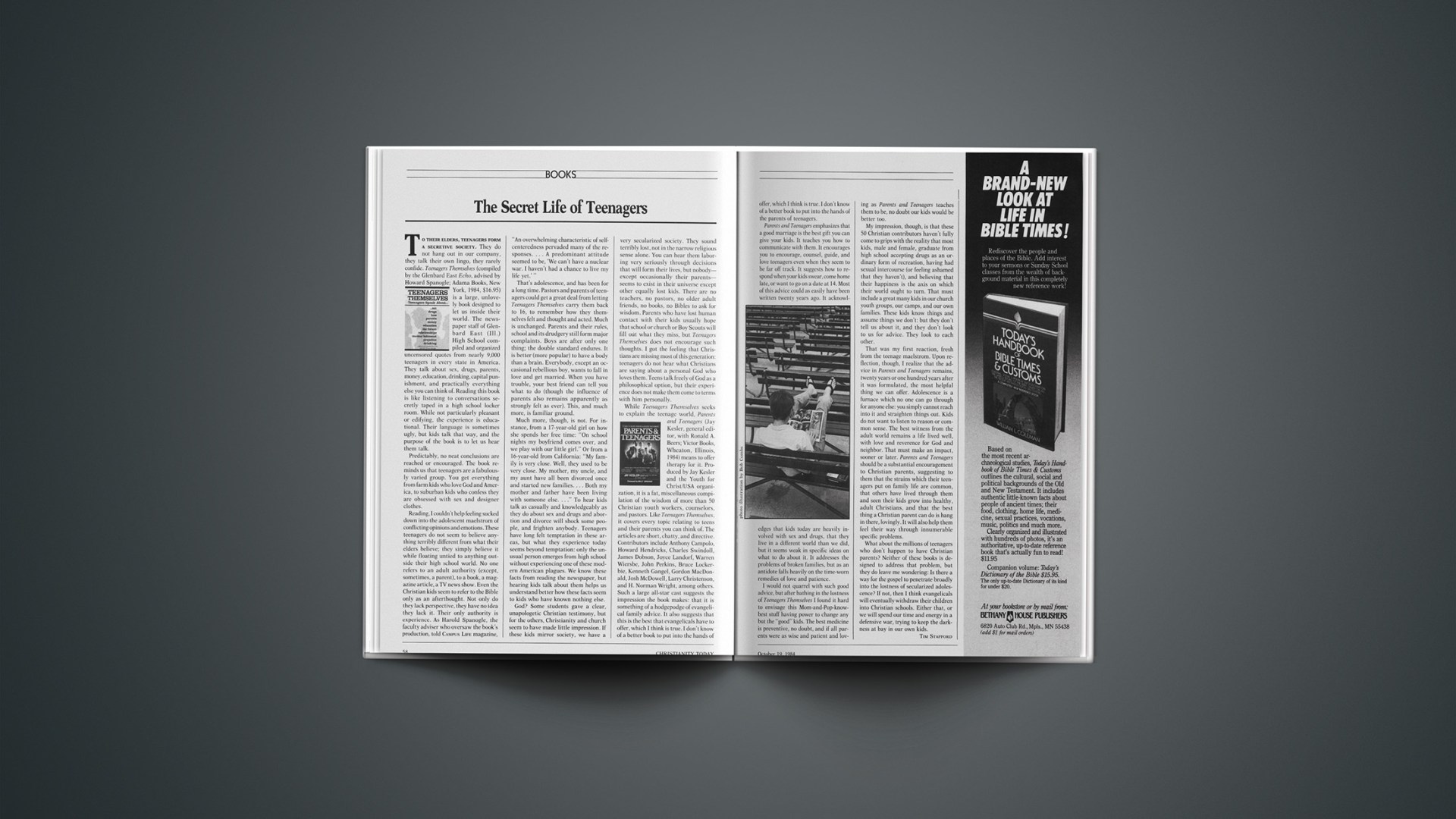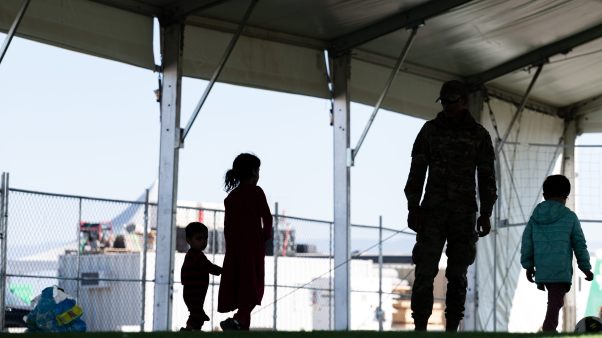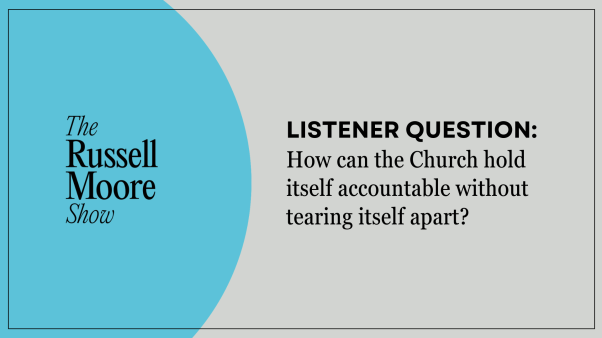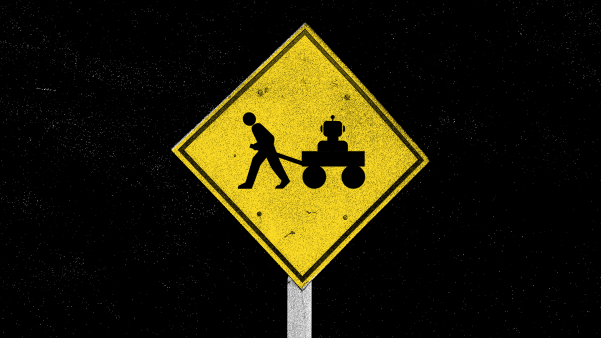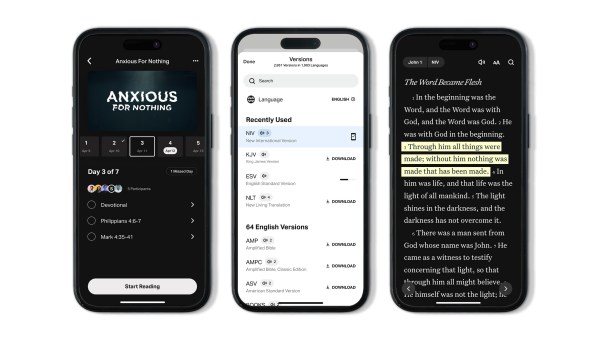To their elders, teenagers form a secretive society. They do not hang out in our company, they talk their own lingo, they rarely confide. Teenagers Themselves (compiled by the Glenbard East Echo, advised by Howard Spanogle; Adama Books, New York, 1984, $16.95) is a large, unlovely book designed to let us inside their world. The newspaper staff of Glenbard East (Ill.) High School compiled and organized uncensored quotes from nearly 9,000 teenagers in every state in America. They talk about sex, drugs, parents, money, education, drinking, capital punishment, and practically everything else you can think of. Reading this book is like listening to conversations secretly taped in a high school locker room. While not particularly pleasant or edifying, the experience is educational. Their language is sometimes ugly, but kids talk that way, and the purpose of the book is to let us hear them talk.
Predictably, no neat conclusions are reached or encouraged. The book reminds us that teenagers are a fabulously varied group. You get everything from farm kids who love God and America, to suburban kids who confess they are obsessed with sex and designer clothes.
Reading, I couldn’t help feeling sucked down into the adolescent maelstrom of conflicting opinions and emotions. These teenagers do not seem to believe anything terribly different from what their elders believe; they simply believe it while floating untied to anything outside their high school world. No one refers to an adult authority (except, sometimes, a parent), to a book, a magazine article, a TV news show. Even the Christian kids seem to refer to the Bible only as an afterthought. Not only do they lack perspective, they have no idea they lack it. Their only authority is experience. As Harold Spanogle, the faculty adviser who oversaw the book’s production, told CAMPUS LIFE magazine, “An overwhelming characteristic of self-centeredness pervaded many of the responses.… A predominant attitude seemed to be, ‘We can’t have a nuclear war. I haven’t had a chance to live my life yet.’ ”
That’s adolescence, and has been for a long time. Pastors and parents of teenagers could get a great deal from letting Teenagers Themselves carry them back to 16, to remember how they themselves felt and thought and acted. Much is unchanged. Parents and their rules, school and its drudgery still form major complaints. Boys are after only one thing; the double standard endures. It is better (more popular) to have a body than a brain. Everybody, except an occasional rebellious boy, wants to fall in love and get married. When you have trouble, your best friend can tell you what to do (though the influence of parents also remains apparently as strongly felt as ever). This, and much more, is familiar ground.
Much more, though, is not. For instance, from a 17-year-old girl on how she spends her free time: “On school nights my boyfriend comes over, and we play with our little girl.” Or from a 16-year-old from California: “My family is very close. Well, they used to be very close. My mother, my uncle, and my aunt have all been divorced once and started new families.… Both my mother and father have been living with someone else.…” To hear kids talk as casually and knowledgeably as they do about sex and drugs and abortion and divorce will shock some people, and frighten anybody. Teenagers have long felt temptation in these areas, but what they experience today seems beyond temptation: only the unusual person emerges from high school without experiencing one of these modern American plagues. We know these facts from reading the newspaper, but hearing kids talk about them helps us understand better how these facts seem to kids who have known nothing else.
God? Some students gave a clear, unapologetic Christian testimony, but for the others, Christianity and church seem to have made little impression. If these kids mirror society, we have a very secularized society. They sound terribly lost, not in the narrow religious sense alone. You can hear them laboring very seriously through decisions that will form their lives, but nobody—except occasionally their parents—seems to exist in their universe except other equally lost kids. There are no teachers, no pastors, no older adult friends, no books, no Bibles to ask for wisdom. Parents who have lost human contact with their kids usually hope that school or church or Boy Scouts will fill out what they miss, but Teenagers Themselves does not encourage such thoughts. I got the feeling that Christians are missing most of this generation: teenagers do not hear what Christians are saying about a personal God who loves them. Teens talk freely of God as a philosophical option, but their experience does not make them come to terms with him personally.
While Teenagers Themselves seeks to explain the teenage world, Parents and Teenagers (Jay Kesler, general editor, with Ronald A. Beers; Victor Books, Wheaton, Illinois, 1984) means to offer therapy for it. Produced by Jay Kesler and the Youth for Christ/USA organization, it is a fat, miscellaneous compilation of the wisdom of more than 50 Christian youth workers, counselors, and pastors. Like Teenagers Themselves, it covers every topic relating to teens and their parents you can think of. The articles are short, chatty, and directive. Contributors include Anthony Campolo, Howard Hendricks, Charles Swindoll, James Dobson, Joyce Landorf, Warren Wiersbe, John Perkins, Bruce Lockerbie, Kenneth Gangel, Gordon MacDonald, Josh McDowell, Larry Christenson, and H. Norman Wright, among others. Such a large all-star cast suggests the impression the book makes: that it is something of a hodgepodge of evangelical family advice. It also suggests that this is the best that evangelicals have to offer, which I think is true. I don’t know of a better book to put into the hands of offer, which I think is true. I don’t know of a better book to put into the hands of the parents of teenagers.
Parents and Teenagers emphasizes that a good marriage is the best gift you can give your kids. It teaches you how to communicate with them. It encourages you to encourage, counsel, guide, and love teenagers even when they seem to be far off track. It suggests how to respond when your kids swear, come home late, or want to go on a date at 14. Most of this advice could as easily have been written twenty years ago. It acknowledges that kids today are heavily involved with sex and drugs, that they live in a different world than we did, but it seems weak in specific ideas on what to do about it. It addresses the problems of broken families, but as an antidote falls heavily on the time-worn remedies of love and patience.
I would not quarrel with such good advice, but after bathing in the lostness of Teenagers Themselves I found it hard to envisage this Mom-and-Pop-know-best stuff having power to change any but the “good” kids. The best medicine is preventive, no doubt, and if all parents were as wise and patient and loving as Parents and Teenagers teaches them to be, no doubt our kids would be better too.
My impression, though, is that these 50 Christian contributors haven’t fully come to grips with the reality that most kids, male and female, graduate from high school accepting drugs as an ordinary form of recreation, having had sexual intercourse (or feeling ashamed that they haven’t), and believing that their happiness is the axis on which their world ought to turn. That must include a great many kids in our church youth groups, our camps, and our own families. These kids know things and assume things we don’t: but they don’t tell us about it, and they don’t look to us for advice. They look to each other.
That was my first reaction, fresh from the teenage maelstrom. Upon reflection, though, I realize that the advice in Parents and Teenagers remains, twenty years or one hundred years after it was formulated, the most helpful thing we can offer. Adolescence is a furnace which no one can go through for anyone else: you simply cannot reach into it and straighten things out. Kids do not want to listen to reason or common sense. The best witness from the adult world remains a life lived well, with love and reverence for God and neighbor. That must make an impact, sooner or later. Parents and Teenagers should be a substantial encouragement to Christian parents, suggesting to them that the strains which their teenagers put on family life are common, that others have lived through them and seen their kids grow into healthy, adult Christians, and that the best thing a Christian parent can do is hang in there, lovingly. It will also help them feel their way through innumerable specific problems.
What about the millions of teenagers who don’t happen to have Christian parents? Neither of these books is designed to address that problem, but they do leave me wondering: Is there a way for the gospel to penetrate broadly into the lostness of secularized adolescence? If not, then I think evangelicals will eventually withdraw their children into Christian schools. Either that, or we will spend our time and energy in a defensive war, trying to keep the darkness at bay in our own kids.
Red Dawn
MGM, directed by John Milius; PG-13
Fascism in 1984 is a label fashionably applied to anyone opposed to the nuclear arms freeze and its attendant ideologies. It is no surprise then that critics have branded Red Dawn “fascist.” In creating this parable of World War III, John Milius dared to slight popular scenarios for the “fate of the Earth.” When the film didn’t live up to many critics’ apocalyptic expectations, epithets sailed like the multiple warheads of an MX missile.
Accusations of social irresponsibility were common: Red Dawn bypasses our assumptions of modern atomic warfare. Instead, Milius prophesies a conventional war fought by high school students-turned-partisans when the U.S. is invaded by Soviet and Cuban troops. Based in the Colorado mountains, the children respond with brutal efficiency and timeless reasoning: “We live here!” one shouts. Time magazine called the film a “fascist fantasy.” Exactly why patriotism and freedom fighting equal fascism is never fully explained. A National Public Radio critic huffed that she missed the anarchy and rebellion of the 1960s—as if drug abuse and irrational protest were superior to self-sacrifice and duty. Most revealing (and ludicrous) was the assertion in the Los Angeles Times that the film “could have been as important” as Testament or The Day After—films notable only for their lack of production values and lukewarm public response.
Lost in all this rethoric, however, is the fact that Red Dawn seems to represent a growing trend in Hollywood toward old-fashioned flag waving. With the success of ABC’s Call to Glory and the premiere of Topeka, Kansas—USSR, a TV movie about the aftermath of a Russian invasion of America(!), the entertainment media and their target audience seem to be moving away from post-Vietnam guilt into an era of renewed self-confidence and national pride.
Red Dawn is not unblemished. Character development is sacrificed for action, and the story often lurches forward disjointedly. But Red Dawn is a sign of the times. Americans are clearly sore from a decade of self-flagellation, and this film encourages a nobility of spirit foreign to the fascist fantasies some critics find only in paranoid dreams.
Reviewed by Harry Cheney, a writer living in Southern California.

